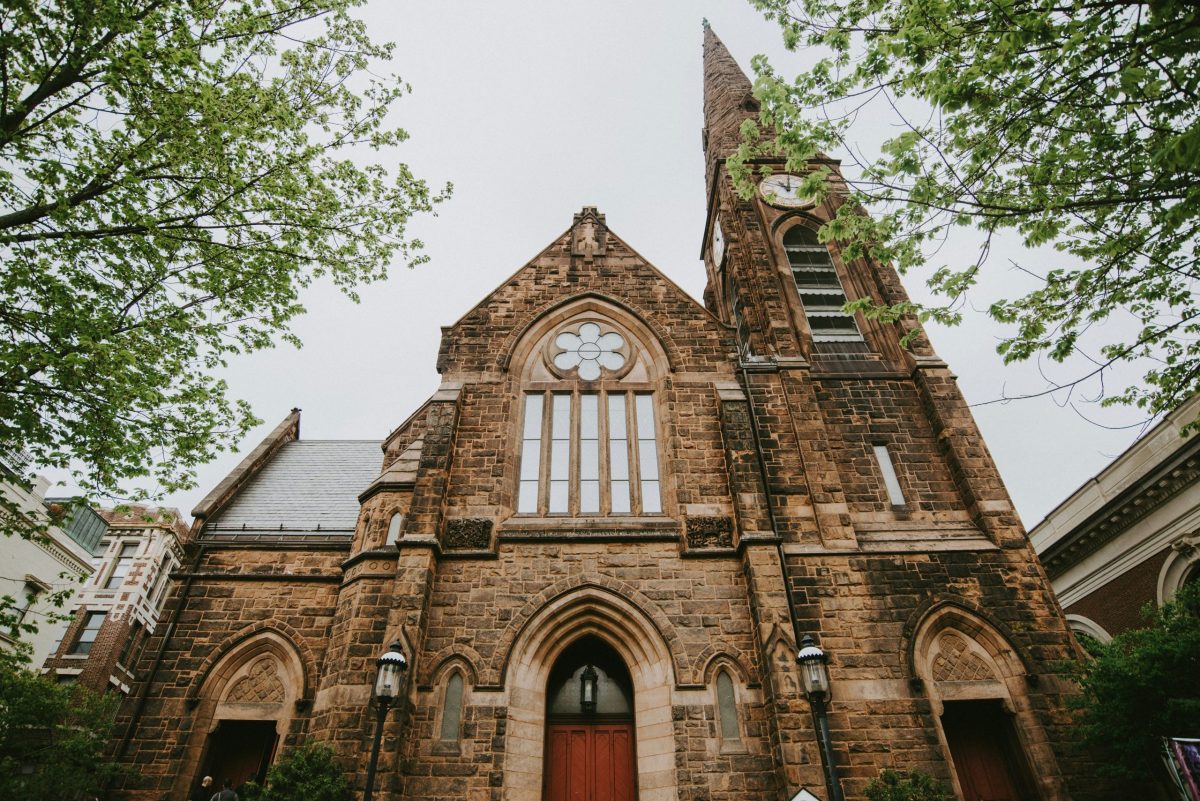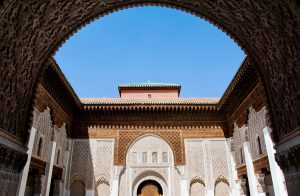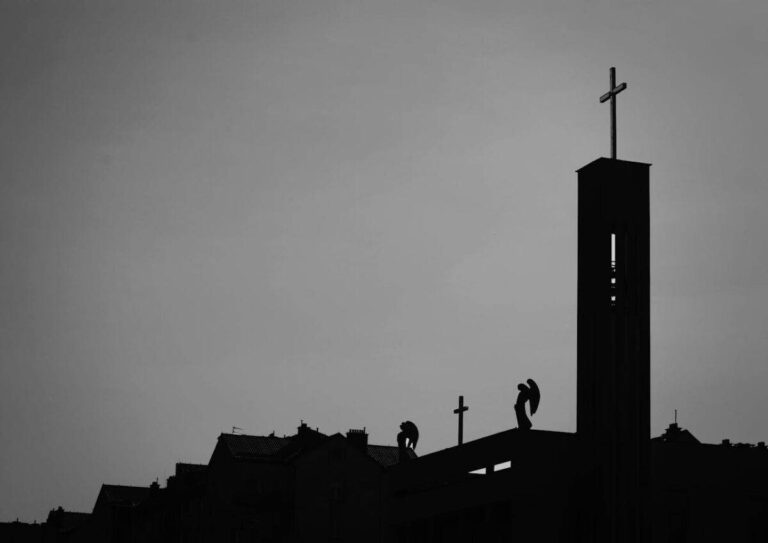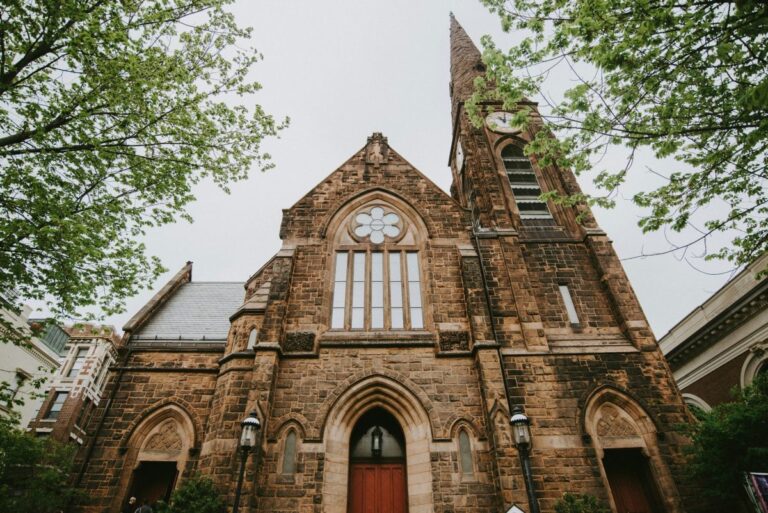Saint Ignatius Loyola 16 C. Warrior
Saint Ignatius Loyola, a Spaniard who was born on October 23, 1491, and died on July 31, 1556. He, with six companions, founded the religious order of the Society of Jesus (Jesuits) and became its first Superior General in Paris in 1541. Saint Ignatius Loyola thought the purpose of the Society of Jesus was to do missionary work and teach. In addition to the vows of chastity, obedience, and poverty, like other religious orders in the church, Loyola instituted a fourth vow for Jesuits of obedience to the Pope. Jesuits were instrumental in leading the Counter-Reformation. Do you think he is the greatest warrior for Christ in human history?
Saint Ignatius Loyola Biography
Saint Ignatius Loyola was born into minor nobility in 1491 in the Basque region of Spain. He was the youngest of thirteen children. Saint Ignatius of Loyola’s mother died in 1498. He joined the army at seventeen, and one year later, he fought for the Duke of Nájera. His diplomacy and leadership qualities earned him the title “servant of the court” and made him very useful to the Duke. He was uninjured in many battles, though in one final battle, he was hit by a cannonball and which fractured his right leg. He underwent several surgeries and ended up with a right leg shorter than his left. He would limp for the rest of his life.
While recovering from leg surgery, Saint Ignatius Loyola underwent a spiritual conversion and discerned a call to the religious life. The religious work which most influenced him was the De Vita Christi of Ludolph of Saxony. This book would influence his whole life, inspiring him to devote himself to God and follow the example of Francis of Assisi and other great monks.
After he had recovered sufficiently to walk again, he resolved to begin a pilgrimage to the Holy Land to “kiss the earth where our Lord had walked,” and to do stricter penances. His time in the hospital was punctuated by religious visions, which expedited his conversion. He made his pilgrimage to the Holy Land in 1523. Saint Ignatius Loyola was in Barcelona. There, he encountered several devout women who had been called before the Inquisition. These women were considered alumbrados – a group linked in their spirituality to Franciscan reforms, but they had suffered suspicion from the administrators of the Inquisition.
Society of Jesus
In 1539, with Peter Faber and Francis Xavier, Ignatius formed the Society of Jesus, which was approved in 1540 by Pope Paul III. He was chosen as the first Superior General of the order and invested with the title of “Father General” by the Jesuits. Saint Ignatius Loyola directed his companions to go out across Europe to create schools, colleges, and seminaries. He even received was even appointed an ambassador of Charles V (the Holy Roman Emperor).
By 1553, Saint Ignatius of Loyola’s health had declined, and he decided to dictate a testament of his life to a Jesuit named Louis Gonzalez. The work was later published as an autobiography in 1555. The biography recounts Ignatius’ life during the 1520s and 1530s, starting with his convalescence and religious conversion. Ignatius died in Rome on July 31, 1556, probably of the “Roman Fever,” a variant of malaria which was endemic in Rome throughout medieval history. An autopsy showed that he also had kidney and bladder stones, a probable cause of the abdominal pains he suffered from in later life.
Conclusion
Saint Ignatius Loyola was probably the most influential and dedicated Catholic of all time. He was a warrior who battled discomfort his entire life and still accomplished great things. After he died, his body was dressed in his priestly robes, placed in a wooden coffin, and buried in the crypt of the Maria della Strada Church on August 1, 1556. In 1568, the church was demolished and replaced with the Church of the Gesù. His remains were reinterred in the new church in a new coffin.







